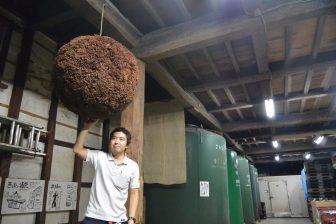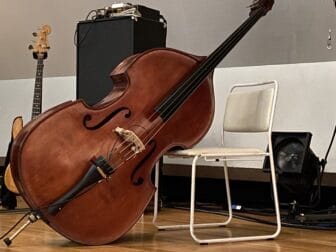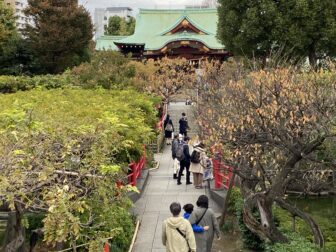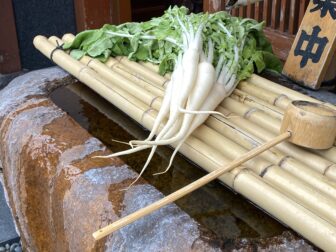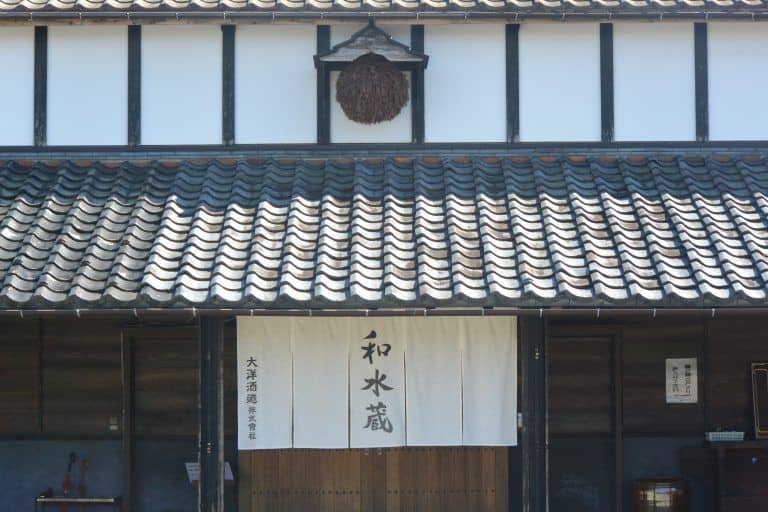
[ Sept.2018 ] We visited Murakami City in the Niigata prefecture with our friends who live in Niigata city.
On the day, it was raining hard in Kanto, where we started, and we wanted to take a taxi from home to the nearest station.
So I called them, but they said “We do not have a car at the moment. Because of the rain, taxis are like diamonds in a desert’.
What an interesting expression!
We took the Shinkansen, the bullet train, to Niigata and on the way, the weather changed for the better.
After
When we arrived there, it was lunch time.
Our friends suggested to go to the Murakami beef specialist shop and restaurant, called Yamashin.
There are a lot of varieties of special Japanese beef, Wagyu, all over the country nowadays, including Kobe beef and Hida beef.
According to the leaflet when we got there, the speciality of Murakami beef is cows reared on hay from a special Japanese rice, called Koshihikari, for about two years.
Niigata is famous for its good rice.
Eating hay of this particular rice makes the meat taste different, apparently.
Well, I could not tell the difference from the other Japanese beefs, but it was certainly really good.
Actually, we cannot eat much of the fatty beef any more, since we had eaten Hida beef too much a few years ago in Hida Takayama, but this one was not too heavy and it was very tasty.
Our friend asked the person in the shop, “But we do not see the cows around here. Where are they?” and he answered that they are not in the city, but on the hills in the suburbs.
Also, he said that Murakami beef used to be eaten raw as well, but “since an accident happened once”, now it is sold as meat to be cooked.
After lunch, we went to a sake brewery called Taiyo Shuzou.
One of our friends had checked that this place lets us do the tasting.
We visited their small museum, Nogomigura, and after seeing the exhibits, we enjoyed the tasting.
The shop assistant explained each one of them, saying things like “This is good with Sashimi” or “You can drink this every evening with your supper”.
Within the three Daiginjo, top quality sake, we liked the second one, which has the taste of pear, so we bought a bottle.
After that, the shop assistant took us to the actual production building, doing us a favour, because you normally have to book in advance to see this part.
He explained about Sugitama (a ball made from sprigs of Japanese cedar).
We knew that it is hung in the eaves of sake breweries traditionally, but according to him, originally the cedar sprigs were scattered all over the place as an insect repellent.
Each Sugitama is made by hand, implanting the sprigs to the core one by one.
If you want to buy one Sugitama, it costs as much as 200,000 – 300,000 yen (roughly £1,700, €1,900, $2,200).
Here, they make it themselves.
This
Indeed, it was cool as if there was an air conditioner.
He explained that the professional sake producer emerged only around the mid Edo era (1603 – 1868), because, until then, people were not rich enough to sell rice.
When people became more wealthy, the sake brewery became a business.
According to the leaflet, this company started in 1945 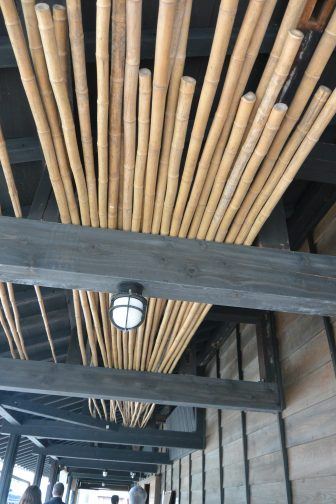
He also explained that rice for sake is different from the rice Japanese people eat.
This sake rice can be used for Italian risotto, though.
After milling the rice grains for making sake, the rest of the rice is used for sake lees.
He showed us the sake lees and it smelled very strongly.
He said “Some people get drunk by smelling this”.
He seemed to enjoy working here and he told us “I like this job, because people here do not mind if I am hungover and our customers say ‘Of course, you have to drink it to understand sake, don’t you'”.
Yes, that sounds like a good job.



